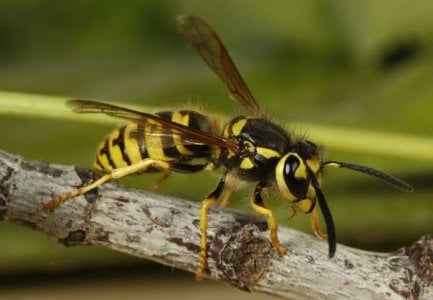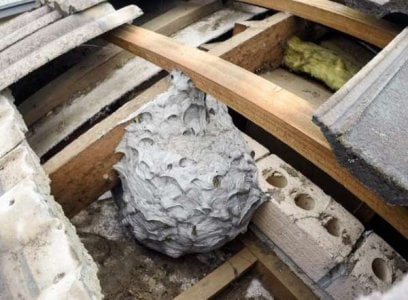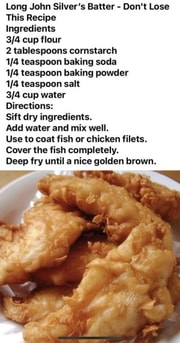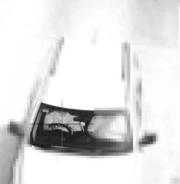Aussie mum warns property owners about this unsuspecting threat hidden in nature
By
Danielle F.
- Replies 1
The picturesque landscapes of Yarra Valley often conjure images of rolling vineyards and peaceful farmland.
However, for one mum and farmer, this idyllic setting recently became the backdrop for a harrowing encounter.
A 33-year-old mum managing a 20-acre property shared her painful ordeal online.
She recounted how a routine task on her farm turned into a nightmare.
'I was harrowing horse poo before Saturday's predicted rain,' the woman prefaced.
'It's a nice, empty, flat paddock with zero long grass as it had just been grazed.'
'I was pottering along at about 8 km/h and hadn't noticed any wasps hanging around when all of a sudden I was swarmed,' she continued on.
As the wasps descended upon her, she immediately ran as fast as she could.
'They'd gotten down my shirt, so I ripped my shirt off as I was running, and my hat and hair tie has come off in the process,' she recounted during the interview.
'I just kept running until the only ones left were the ones tangled in my hair, which were repeatedly stinging my head.'
The aftermath left the majority of the stings on her back.
Four other stings on her arm caused significant swelling.
She also suffered stings on her head, face, and stomach.
She first opted for first-aid home remedies like ice, calamine lotion, and homoeopathic treatments.
However, she also experienced concerning symptoms, such as a heavy feeling in her chest and prolonged diarrhoea.
These symptoms were her body's reactions to the wasps' venom.
'The pain was immediate and intense,' she recalled.
Her story was a reminder of a hidden danger lurking beneath the surface: European wasps.
The European wasp, or Vespula germanica, is an invasive species in Australia.
These wasps are known for their aggressive behaviour and ability to sting multiple times.
This non-native pest can be seen in various parts of Victoria, South Australia, New South Wales, and Western Australia.
The European wasps also pose a significant threat to local ecosystems and humans.
In light of her experience, she became more cautious around her property, especially since she often had her three children with her.
She later sought medical advice for the stings and bought EpiPens as a precautionary measure.
After recovering from the stings, she immediately investigated her property and discovered two more wasp nests.
The dry conditions of the year had exacerbated the problem, as cracks on the ground became ideal nesting sites for the wasps.
The Department of Health in Victoria advised property owners about the best way to deal with wasps.
Locate and eradicate the nests using appropriate insecticides, preferably when the wasps are less active—either early morning or at night.
They also recommended availing of professional pest control services.
This incident serves as a reminder for property owners and outdoor enthusiasts about the dangers that could be hidden in plain sight.

Have you ever encountered a wasp nest on your property? Perhaps you have had other encounters with pests at home. We encourage you to share your own experiences and tips for dealing with such threats in the comments below.
However, for one mum and farmer, this idyllic setting recently became the backdrop for a harrowing encounter.
A 33-year-old mum managing a 20-acre property shared her painful ordeal online.
She recounted how a routine task on her farm turned into a nightmare.
'I was harrowing horse poo before Saturday's predicted rain,' the woman prefaced.
'It's a nice, empty, flat paddock with zero long grass as it had just been grazed.'
'I was pottering along at about 8 km/h and hadn't noticed any wasps hanging around when all of a sudden I was swarmed,' she continued on.
As the wasps descended upon her, she immediately ran as fast as she could.
'They'd gotten down my shirt, so I ripped my shirt off as I was running, and my hat and hair tie has come off in the process,' she recounted during the interview.
'I just kept running until the only ones left were the ones tangled in my hair, which were repeatedly stinging my head.'
The aftermath left the majority of the stings on her back.
Four other stings on her arm caused significant swelling.
She also suffered stings on her head, face, and stomach.
She first opted for first-aid home remedies like ice, calamine lotion, and homoeopathic treatments.
However, she also experienced concerning symptoms, such as a heavy feeling in her chest and prolonged diarrhoea.
These symptoms were her body's reactions to the wasps' venom.
'The pain was immediate and intense,' she recalled.
Her story was a reminder of a hidden danger lurking beneath the surface: European wasps.
The European wasp, or Vespula germanica, is an invasive species in Australia.
These wasps are known for their aggressive behaviour and ability to sting multiple times.
This non-native pest can be seen in various parts of Victoria, South Australia, New South Wales, and Western Australia.
The European wasps also pose a significant threat to local ecosystems and humans.
In light of her experience, she became more cautious around her property, especially since she often had her three children with her.
She later sought medical advice for the stings and bought EpiPens as a precautionary measure.
After recovering from the stings, she immediately investigated her property and discovered two more wasp nests.
The dry conditions of the year had exacerbated the problem, as cracks on the ground became ideal nesting sites for the wasps.
The Department of Health in Victoria advised property owners about the best way to deal with wasps.
Locate and eradicate the nests using appropriate insecticides, preferably when the wasps are less active—either early morning or at night.
They also recommended availing of professional pest control services.
This incident serves as a reminder for property owners and outdoor enthusiasts about the dangers that could be hidden in plain sight.
Key Takeaways
- A mum suffered injuries after being attacked by a swarm of European wasps on her property.
- Non-native European wasps are considered pests in Australia and could sting victims multiple times.
- The victim managed her symptoms at home but later went to her GP due to concerning symptoms, including a heavy feeling in her chest and diarrhoea.
- The Department of Health in Victoria recommended locating wasp nests and eradicating them with insecticide, as well as calling professionals for assistance if necessary.









